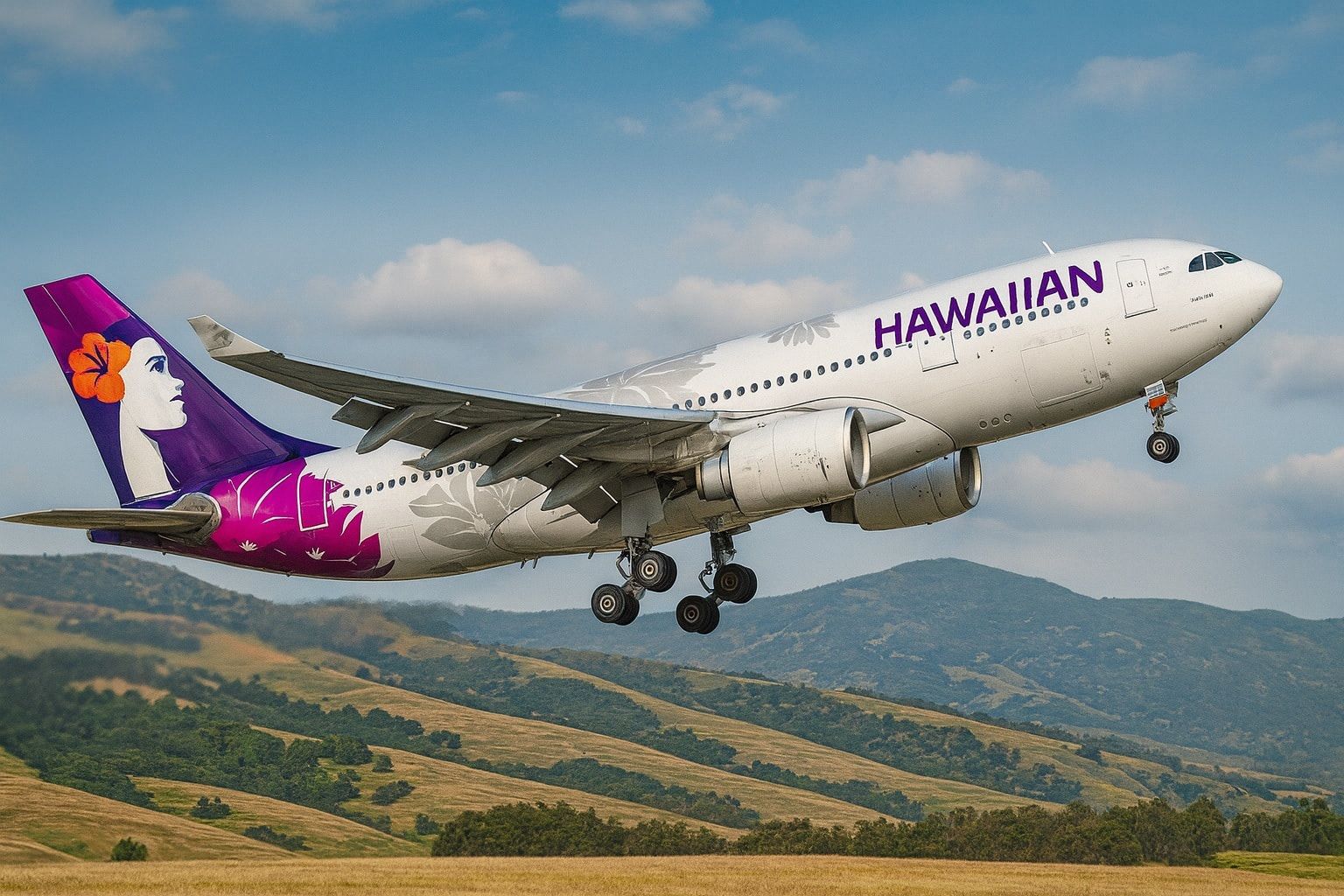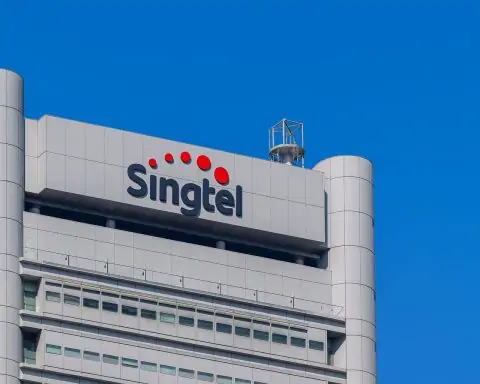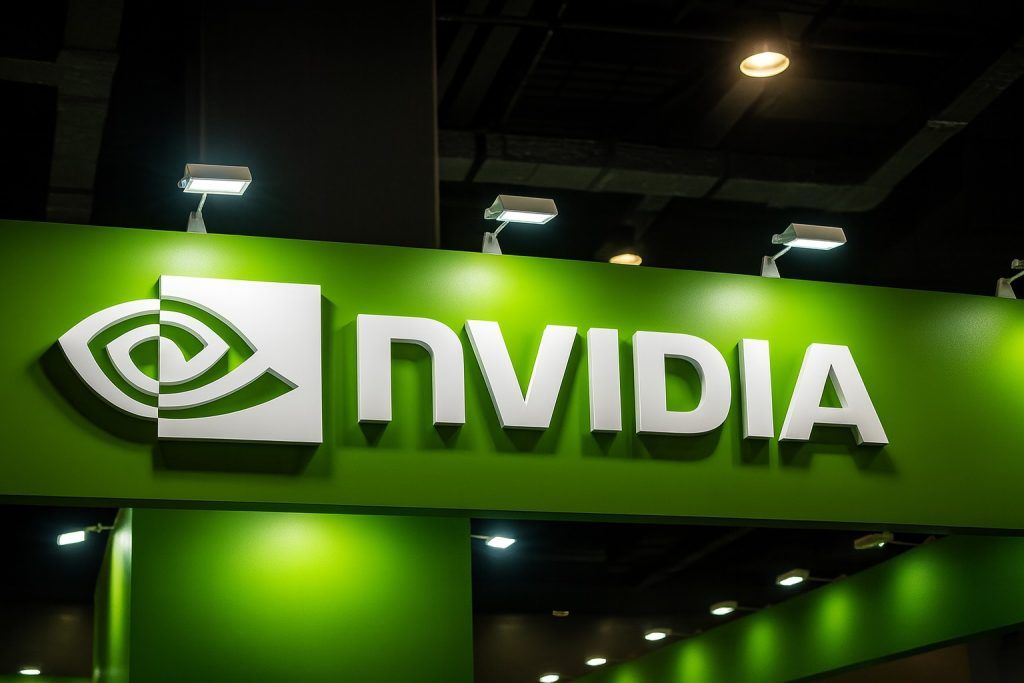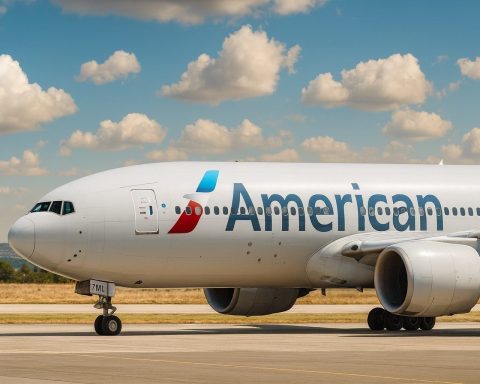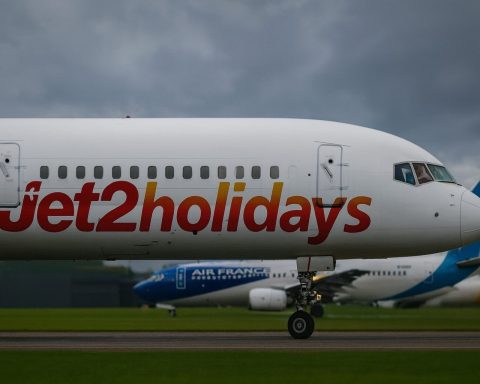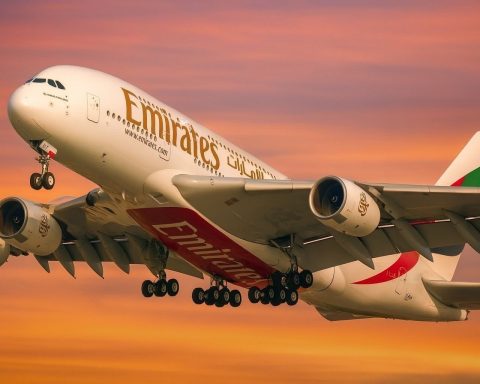- Major Milestone: On Oct. 29, 2025, the FAA granted Alaska Air Group a single operating certificate (SOC) covering both Alaska Airlines and Hawaiian Airlines [1] [2]. This regulatory step officially combines the two carriers behind the scenes, even as they maintain separate brand names for travelers. CEO Ben Minicucci hailed the achievement as a key step in “building our future as a global airline” with “greater scale” and synergies [3].
- End of an Era – Callsign Change: Hawaiian Airlines’ long‑standing callsign and code (HA/Hawaiian) were retired after the final Hawaiian‑code flight (HA866 from American Samoa to Honolulu on Oct. 29) [4] [5]. Going forward, all former Hawaiian flights use Alaska’s “AS” callsign and flight numbers to avoid duplication [6] [7]. Hawaiian’s pilots felt the loss – ALPA union chair Larry Payne called it “the end of our Hawaiian call sign and certificate” and a moment to honor the airline’s 95‑year legacy [8].
- Brand and Loyalty: Despite the behind‑the‑scenes merger, Alaska promises no loss of Hawaiian’s local flavor. Hawaiian‑branded flights (especially island routes) will still feature the Pualani livery and signature service for now, and guests’ tickets automatically convert from HA to AS codes [9] [10]. Crucially, the two carriers rolled out a unified loyalty program (“Atmos Rewards”), merging Alaska’s Mileage Plan and HawaiianMiles. The Atmos Rewards launch (with new co‑brand credit cards) exceeded sign‑up targets [11], and existing Hawaiian tickets and miles seamlessly transitioned into the Alaska system [12].
- Global Expansion: The combined airline is expanding. In its latest earnings report Alaska announced two new nonstop global routes: Seattle–London (Heathrow) and Seattle–Reykjavik, starting May 2026 [13]. Hawaiian will also join the oneworld alliance in spring 2026 [14], as Alaska VP Brett Catlin confirmed: “Hawaiian will join oneworld as a full member next spring” [15]. This means by mid‑2026 oneworld will count 16 members (including Alaska, Hawaiian and American in the U.S.), greatly expanding codeshare networks and benefits for frequent flyers.
- Connectivity & In‑flight Tech: Alaska Air Group is boosting onboard service too. The airline announced plans to equip its entire fleet with high‑speed Starlink Wi‑Fi (free for Atmos Rewards members) [16]. This follows industry trends – in fact, Hawaiian has already signed up for Starlink installations on its aircraft [17]. As one tech report notes, airlines worldwide (United, Air France, Hawaiian, SAS, etc.) are rapidly adopting LEO satellite Wi‑Fi to provide a “home-like” internet experience in flight [18] [19]. Alaska’s move mirrors that, aiming to keep it competitive on long‑haul routes.
- Financial Outlook: In Q3 2025 Alaska Air delivered record revenue and captured integration cost savings. The company reported $3.77 billion revenue (up 23% year‑over‑year) and said it “executed major integration milestones and captured synergies ahead of plan” [20] [21]. Adjusted EPS beat guidance ($1.05 vs $1.00–1.40 expected) [22]. Management now guides Q4 2025 adjusted EPS at least $0.40, for a full‑year of about $2.40 [23], reflecting continued network optimization and cost cuts. The company is on track for its long‑range goal of $10 EPS by 2027 through $1 billion in merger synergies [24].
- Stock and Analysts: Alaska Air Group (NYSE: ALK) stock has been trading in the mid‑$40s recently. For example, on Oct. 23, 2025 (just before this SOC news), ALK closed around $46.63 [25]. (By late Oct. 2025 it was roughly ~$42.65 [26].) After a summer 2025 sell‑off on fuel worries, many analysts are cautiously optimistic. Raymond James kept an “Outperform” rating but trimmed its 12‑month target modestly ($68→$65) [27], reflecting strong fundamentals offset by near‑term costs. In general, experts expect the merger’s scale to improve profitability over time. One tech analyst warned that operational glitches remind investors of legacy IT risks [28], but noted that loyal passenger demand should absorb temporary disruptions. Overall, Wall Street now views the integrated Alaska/Hawaiian as a larger, more diversified carrier with upside, and nearly all labor groups are slated to unify under new joint contracts by spring 2026 [29] [30].
What This Means for Travelers
Behind the scenes, Alaska’s takeoff toward full integration will be mostly transparent to customers. Travel itineraries and loyalty points carry over automatically, and the Hawaiian brand on island‑only routes remains in place [31]. Flight numbers and booking codes have already switched: passengers who booked on HA numbers need do nothing – their flights are now AS flights [32]. Free Wi‑Fi via Starlink (when installed) and an expanded network will be the tangible benefits in the cabin. As Alaska’s CEO put it, the goal is “one combined airline” in terms of systems, safety and service, without sacrificing the “warmth and grace” that loyal Hawaiian customers expect [33] [34]. The final “Hawaiian 866” flight will be remembered as a symbolic moment, but forward‑looking travelers will notice more nonstop destinations, seamless loyalty benefits and eventually the ability to book around‑the‑world trips using oneworld routes [35].
Looking Ahead
With integration milestones like the SOC now achieved, analysts forecast that Alaska Air Group should begin capturing the promised merger benefits. Cost synergies are expected to kick in by year‑end (guiding for single‑digit unit cost increases in Q4) [36], supporting continued profit growth. In contrast, ongoing fuel volatility remains a headwind. Stock‑market watchers will be paying close attention to Alaska’s next earnings releases and forward guidance. Still, most agree the merger makes Alaska a stronger competitor on the West Coast–Pacific market. As one aviation expert noted of the Starlink rollout, these tech upgrades are transforming the in‑flight experience – and similarly, the Alaska‑Hawaiian integration is poised to reshape their combined global network [37] [38]. Keep an eye on Alaska’s expansion in international gateways and its progress on the promised $10 EPS goal; for investors and passengers alike, the next year will reveal just how far these two airlines can rise together.
Sources: Official Alaska Air Group and Hawaiian press releases and earnings reports [39] [40]; aviation industry news (FlightGlobal, FlightRadar24, AirlineGeeks, etc.) [41] [42]; travel and tech analyses [43] [44]; market data and analyst research [45] [46]. All information is current as of Oct. 29, 2025.
References
1. www.prnewswire.com, 2. www.flightglobal.com, 3. www.prnewswire.com, 4. airlinegeeks.com, 5. beatofhawaii.com, 6. www.flightglobal.com, 7. airlinegeeks.com, 8. www.flightglobal.com, 9. airlinegeeks.com, 10. beatofhawaii.com, 11. www.prnewswire.com, 12. beatofhawaii.com, 13. www.prnewswire.com, 14. www.executivetraveller.com, 15. www.executivetraveller.com, 16. www.prnewswire.com, 17. ts2.tech, 18. ts2.tech, 19. ts2.tech, 20. www.prnewswire.com, 21. www.prnewswire.com, 22. www.prnewswire.com, 23. www.prnewswire.com, 24. www.prnewswire.com, 25. ts2.tech, 26. www.tradingview.com, 27. www.gurufocus.com, 28. ts2.tech, 29. onemileatatime.com, 30. www.prnewswire.com, 31. airlinegeeks.com, 32. beatofhawaii.com, 33. www.flightglobal.com, 34. beatofhawaii.com, 35. www.executivetraveller.com, 36. www.prnewswire.com, 37. ts2.tech, 38. ts2.tech, 39. www.prnewswire.com, 40. www.prnewswire.com, 41. www.flightglobal.com, 42. airlinegeeks.com, 43. ts2.tech, 44. ts2.tech, 45. www.tradingview.com, 46. www.gurufocus.com
